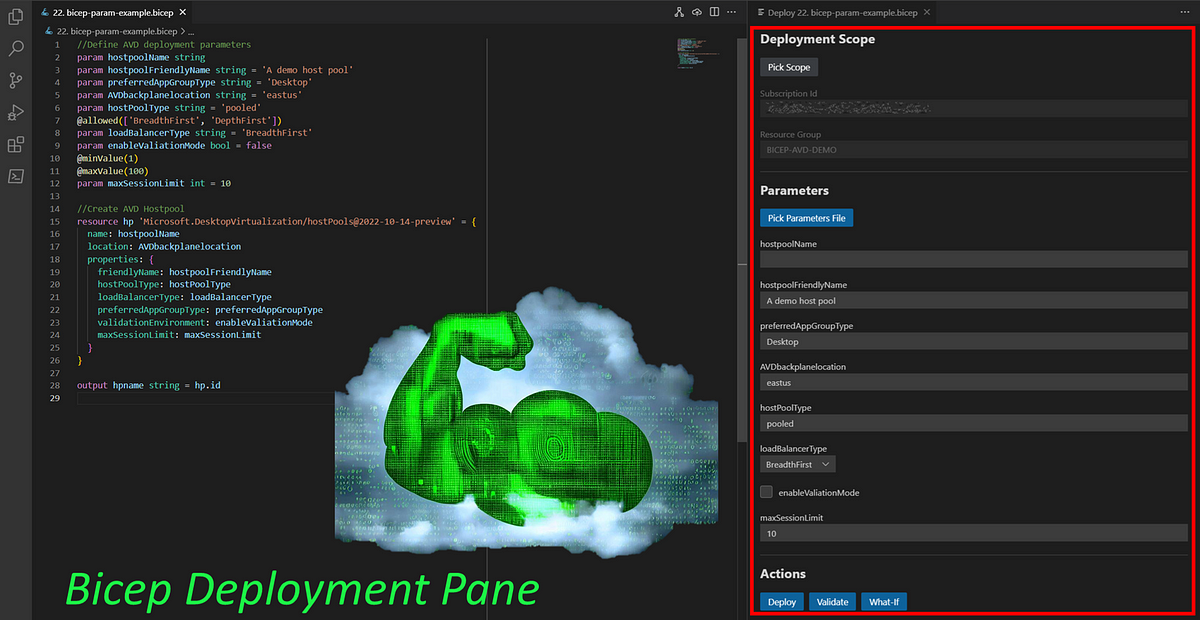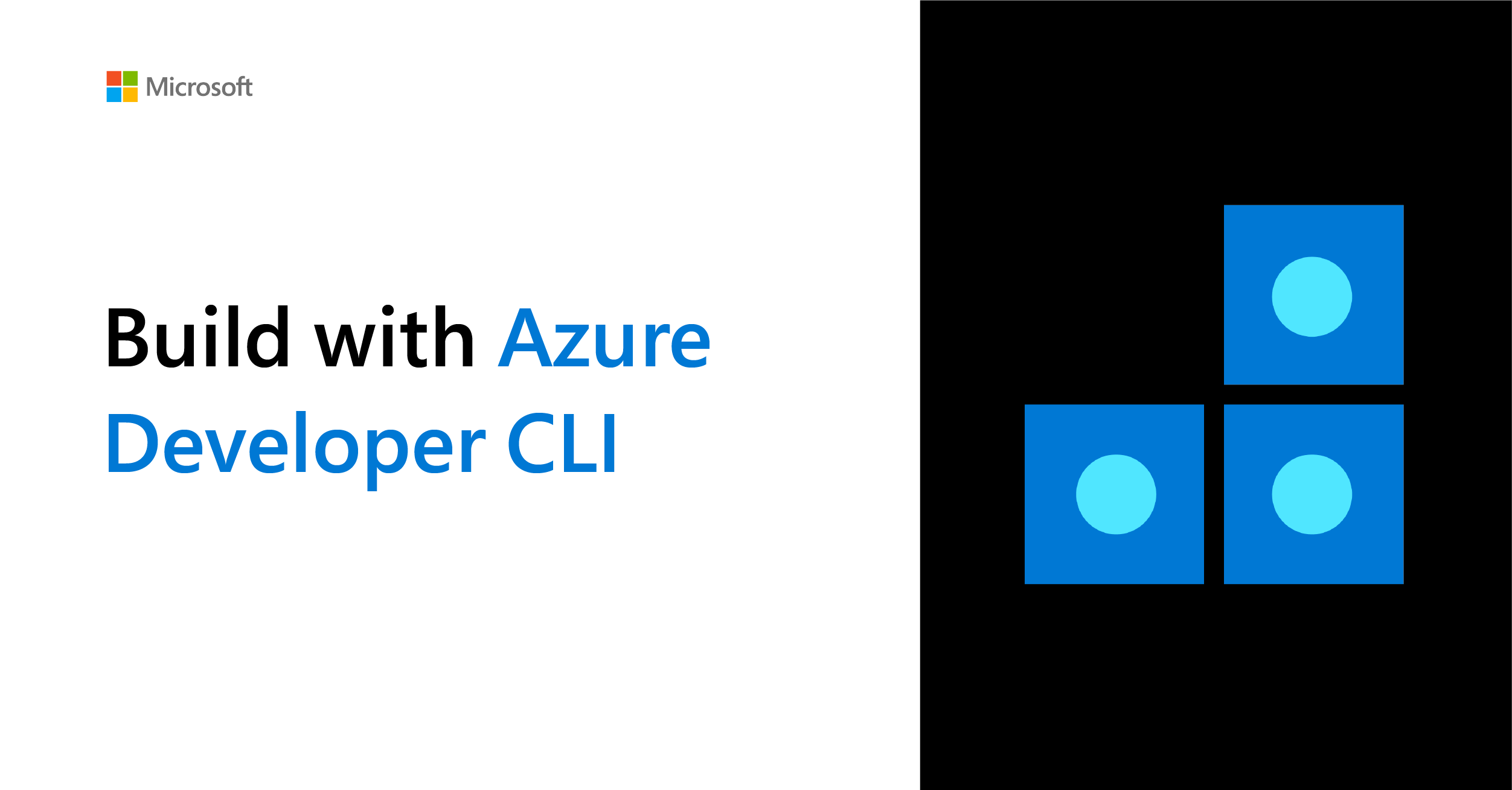- MindByte Weekly Pulse: Weekly IT Insights: Quick GitHub, Azure, & .NET Updates
- Posts
- MindByte Issue #37: Unpacking the Future – GitHub Universe 2023, Security Insights, and Streamlined Development Tools
MindByte Issue #37: Unpacking the Future – GitHub Universe 2023, Security Insights, and Streamlined Development Tools
Explore the latest in the tech world with insights on GitHub's Universe 2023 conference, crucial safeguards for GitHub Actions, the enhancement of Dependabot, the exciting Bicep Deployment Pane in VSCode, Azure Developer CLI updates, and the shift from Moq to NSubstitute in modern software testing.
Introduction
Welcome to MindByte Issue #37! In this week's edition, I'm thrilled to bring you the latest in GitHub, Coding, and more. Dive in to stay at the forefront of technology. Thank you for reading!
Pulse of the week
The much-anticipated GitHub Universe 2023 conference has just announced that tickets are now available! Slated for November 8-9 at the Yerba Buena Center for the Arts in San Francisco, this year's GitHub Universe is all set to explore cutting-edge themes in the tech world.

GitHub Universe
Sessions will focus on leveraging the power of AI, adopting developer-centric security, and prioritizing Developer Experience (DevEx). Whether you're looking to dive into generative AI, enhance your code security, or simply network with industry professionals, GitHub Universe 2023 promises to be an enlightening experience.
GitHub Digest
Unlock the Future of Technology at GitHub Universe - Early Bird Tickets Available Now!
Get ready for GitHub Universe, the highly anticipated conference by GitHub, coming this November! Focusing on cutting-edge topics such as AI, Security, and DevEx, this event promises to be a haven for developers, innovators, and technology enthusiasts.
Don't miss the opportunity to be part of this incredible learning experience. Early bird tickets are now available, so grab yours today and prepare to immerse yourself in the future of tech!
Safeguarding GitHub Actions: Stay Vigilant and Secure Your Workflows
GitHub Security is focused on detecting and mitigating abuse and security threats to the platform and its users. A common attack pattern has been observed where a user's improperly stored personal access token (PAT) is exploited to add malicious Actions workflow files or JavaScript to repositories.
Threat actors may even impersonate familiar usernames like "dependabot[bot]" to disguise their activities. These attacks aim to steal repository secrets and other sensitive information.
This article outlines important best practices and defenses, such as reviewing code changes, rotating compromised secrets, using security hardening, signing commits, and employing the integrity attribute in JavaScript. Be vigilant and take these recommended steps to further secure your repository and account, ensuring the continued integrity and trustworthiness of your GitHub experience.
If you suspect any compromise, immediate action such as password change and two-factor recovery codes reset is advised.
Streamlining Dependency Updates: Dependabot's New Grouping Feature for Semantic Version Control
Dependabot has rolled out an enhancement in its grouped version updates, allowing developers to group version updates by dependency name and semantic version update level. This new feature addresses the previous challenge of handling individual pull requests for each update, making it more efficient and reducing the risk of introducing a breaking change.
Developers can utilize this feature by setting custom grouping rules in the dependabot.yml configuration file. Here's an example of how these rules can be set up:
version: 2
updates:
- package-ecosystem: "bundler"
directory: "/"
schedule:
interval: weekly
# New!
groups:
dev-dependencies:
patterns:
- "rubocop"
- "aws*"
exclude-patterns:
- "aws-sdk"
update-types:
- "minor"
- "patch"By leveraging pattern matching and SemVer classification into "major," "minor," and "patch," this update empowers developers with fine-tuned control over the grouped pull requests Dependabot creates.
Though the feature is currently in beta and may have some limitations, it symbolizes a substantial enhancement in Dependabot's capability, enabling a more streamlined and flexible update process for dependencies that must be updated together.
Coding Corner
Introducing Bicep Deployment Pane: Streamlined Deployment within VSCode
The Bicep Deployment Pane is an exciting new feature added to the Bicep VS Code extension. This tool offers an integrated deployment pane within VSCode, simplifying the deployment of a Bicep template. You can now easily perform deployment, validation, and "What-If" analyses directly from VSCode, instead of relying solely on PowerShell and AZ CLI.
The deployment pane provides three key actions:
1. Validate: Before deploying, you can validate your template to ensure that it's processable by the ARM engine. The validation checks for unused variables, sensitive data, hard-coded values, and more.
2. What-If: This feature allows you to preview potential changes to the Azure resources before actually applying them, helping you understand the impact of your deployment actions without making actual modifications.
3. Deploy: With just a click, you can deploy the Bicep template to Azure, and the result, including any defined output, is shown right in the deployment pane.

Moreover, the pane helps you define the deployment scope, manage parameter values (with defaults and dropdown boxes for allowed values), and select or edit parameters files. Errors are identified before you proceed, and you can revert changes to default values if needed.
The Bicep Deployment Pane is currently an experimental feature, and it's available in recent preview builds of the extension. By integrating validation, What-If analyses, and deployment options directly into VSCode, it makes life easier for developers, offering a streamlined and intuitive deployment process.
Azure Updates & Insights
Introducing the Azure Developer CLI (azd): A Must-Have Tool for Developers on Azure
Azure Developer CLI (azd) is a cutting-edge open-source tool designed to simplify and accelerate your Azure development journey. It connects your local development environment straight to Azure through developer-friendly commands and extensible blueprint templates. Whether you're developing in the terminal, an integrated development environment (IDE), or dealing with CI/CD, azd is your gateway to Azure.
With the August 2023 release (version 1.2.0), azd continues to enhance its features and capabilities:
- Preview provisioning changes with the new --preview flag.
- Refresh environment metadata with a hint using azd env refresh --hint.
- Explore the newly added azd Azure Pipelines task in the marketplace.
- Enjoy Azure Developer CLI support in Cloud Shell for even more accessibility.
- Take note of important breaking changes for Azure Kubernetes Service support.
Notably, azd's workflow allows you to select a template, initialize your project, package, provision, deploy, and continually iterate on your application. It's your all-in-one solution to navigate Azure resources and get your application up and running with minimum fuss.
If you're ready to transform the way you develop on Azure, the Azure Developer CLI awaits.
Exciting Azure Container Apps updates
Azure Container Apps (ACA) continues to innovate, making it an even more logical choice for hosting your applications. Here’s a brief look at the newly released features:
1. Session Affinity (Sticky Sessions): Now generally available, this feature ensures all requests from a single client are routed to the same Container Apps replica. A game-changer for stateful workloads!
2. Cross Origin Resource Sharing (CORS) Support: Set up CORS easily from the portal or CLI. This feature, now generally available, ensures smooth cross-origin requests.
3. Azure Key Vault References in Application Secrets: Securely source your container app’s secrets from Azure Key Vault. Both versioned and non-versioned secrets are supported, enhancing your application's security.
4. Init Containers Feature: This new addition allows initialization logic, such as setting up accounts or configuring databases, to run before application containers are started.
5. Secrets Volume Mounts Support: You can now mount secrets as volumes, allowing your apps to access secrets as files in a mounted volume. It works with both ACA-stored secrets and those referenced from Azure Key Vault.
These features not only add to the robustness of Azure Container Apps but also highlight Microsoft's commitment to providing flexible and secure containerization solutions. If you're looking for a modern, streamlined platform to host your applications, ACA is ready to take your development to the next level!
For more detailed information:
.NET Nook
Switching from Moq to NSubstitute: Navigating Privacy Concerns in Modern Software Testing
In the world of software testing, Moq has long been a go-to framework for mocking objects. However, a recent change by the author of Moq may cause many developers to reconsider their tool of choice.
The latest release of Moq introduced a controversial sponsorware mechanism, requiring the submission of the email address found in users' git config to an Azure service to check who has sponsored the project. This unexpected feature has raised eyebrows and concern within the development community. Many see this as a breach of privacy and a "no-go," leading them to explore alternatives. One such alternative, NSubstitute, is gaining traction and offers a compelling solution for those seeking to replace Moq.
In the below article, Steve Smith shows how easy it is to port Moq to NSubsitutue.
Enhancing Application Observability with OpenTelemetry: A Comprehensive Guide to Integration, Tracing, and Instrumentation in .NET
In today's increasingly complex and distributed software systems, observability plays a vital role in assessing the internal state of a system. This article dives into the integration of observability into applications using OpenTelemetry, a standardized and language-agnostic framework. The author shares insights and code examples mainly in .NET, drawing from personal experience in integrating OpenTelemetry in various .NET applications.
OpenTelemetry offers powerful tools to enhance observability through metrics, logging, and tracing. Tracing, in particular, introduces the idea of causality to your debugging, allowing a comprehensive understanding of operations in your environment. Through practical examples and a Q&A style guide, the article demystifies the setup process in ASP.NET, covering various facets such as creating activities/spans, exporting and viewing traces, enriching spans with data, and different sampling strategies.
If you've ever faced challenges in debugging distributed systems, or are curious about implementing observability in your application using OpenTelemetry, this article offers a rich and detailed resource. The in-depth exploration and real-world experience shared in the article make it an engaging read for developers, software architects, and anyone interested in enhancing their applications' reliability and maintainability.
Closing Thoughts
Thank you for joining me in this edition. Your time and interest mean a lot. Have feedback or thoughts? I'd love to hear from you. Feel free to share this with others, and if you're not subscribed yet, then feel free to do so.
See you in the next edition!
Best, Michiel 🚀






Join the conversation